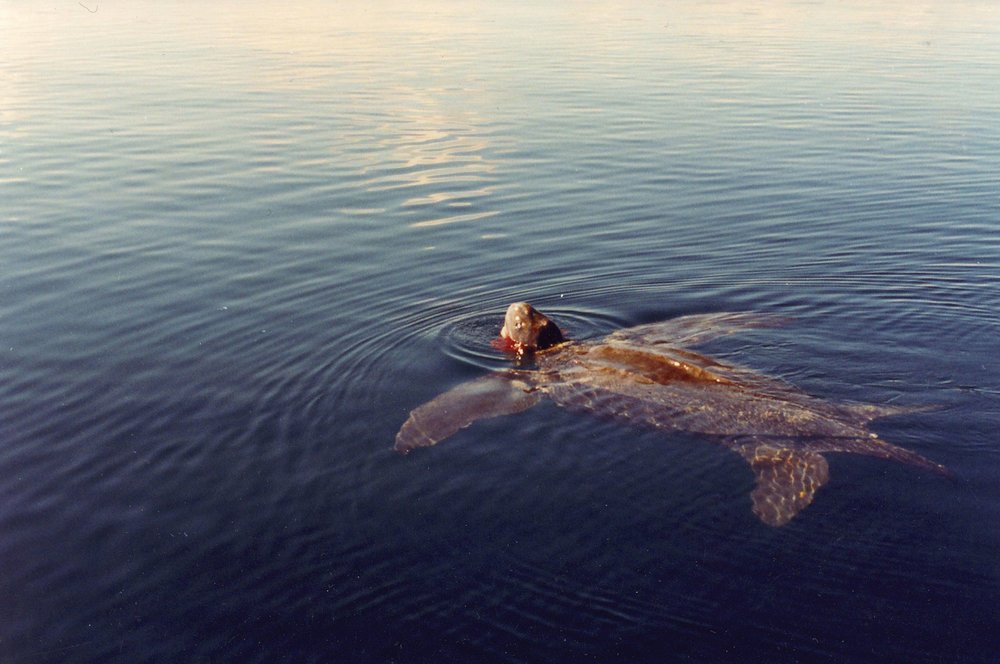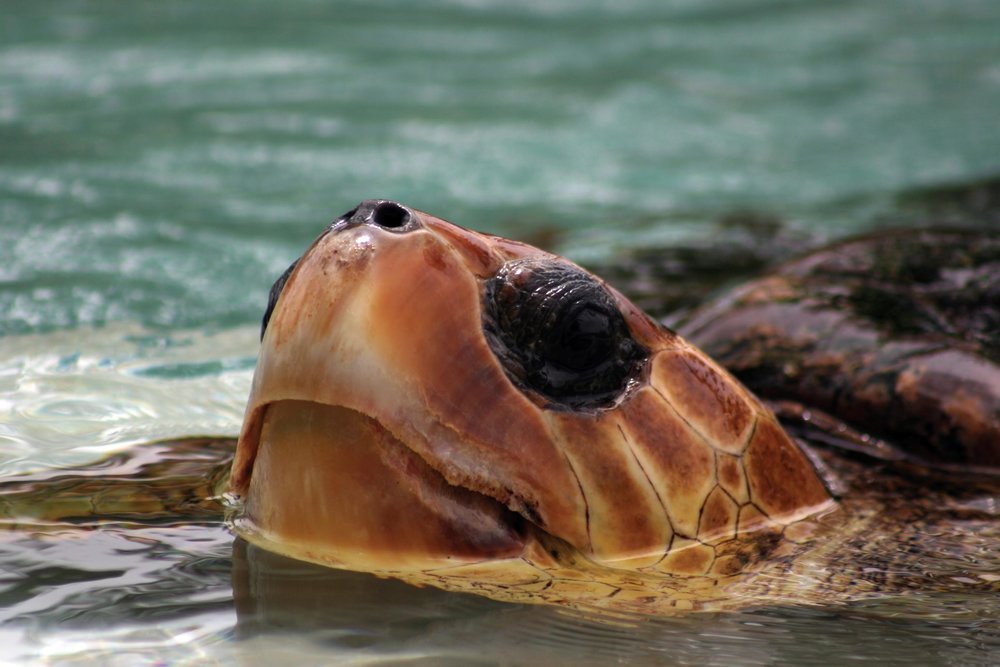The following list was published in The State of the World's Sea Turtles Report Vol. 7 in 2012 and identifies the 12 most healthiest sea turtle populations in the world. This analysis was made possible by the priority-setting efforts of the Burning Issues (BI) Working Group of the IUCN Marine Turtle Specialist Group, which created a framework for delineating sea turtle populations globally (RMU's) and then evaluated, compared, and organized sea turtle RMU's within the context of a conservation "priorities portfolio".
Read MoreAs the best recognized of the sea turtle species, the green turtle is an icon of popular culture today. Once viewed primarily as a resource to be exploited, green turtles are now the centerpiece of a global conservation movement.
Read MoreBack in the 1950s, the “riddle of the ridley turtle” stumped renowned sea turtle biologist Archie Carr. Where did that name come from? And where, indeed, did the turtles come from? Researchers have been working tirelessly to solve it ever since. In this Special Feature, SWOT presents the first ever global map of the biogeography of Olive ridley sea turtles.
Read MoreUntil 1988, the Australian flatback was still so poorly understood that it was considered to be in the same genus as the green turtle. In the short time since then, science not only has renamed the flatback, but also has seemingly rediscovered Australia’s own sea turtle. This SWOT Feature Article presents a regional scale map of flatback nesting throughout its range.
Read MoreThe hawksbill sea turtle has been one of the most persecuted of the world’s sea turtles; hunted not only for its meat and eggs like other sea turtle species, it is further cursed by its beauty. The mottled, translucent shell plates—called scutes by scientists and bekko by Japanese artisans—have been coveted for centuries as raw material for jewelry, spectacle frames, spurs for fighting roosters, and furniture embellishments.
Read MoreThe seven unsolved mysteries described in these next articles—highlight the great unknowns about sea turtles. They provide a framework for focusing scientific progress, intellectual powers, and investment in global research, and they serve as a public relations tool to generate greater interest and financing for conserving marine turtles and their habitats.
Read MoreOne of the greatest challenges that conservationists face in preventing extinctions: insufficient data. Scientists the world over are working to meet this challenge in their research efforts. The SWOT Team with its global perspective is identifying, collecting, and presenting sea turtle data from around the world—an effort that will ultimately enable the conservation community to take collective actions when sea turtle populations decline and to focus resources on the highest priorities.
Read More









